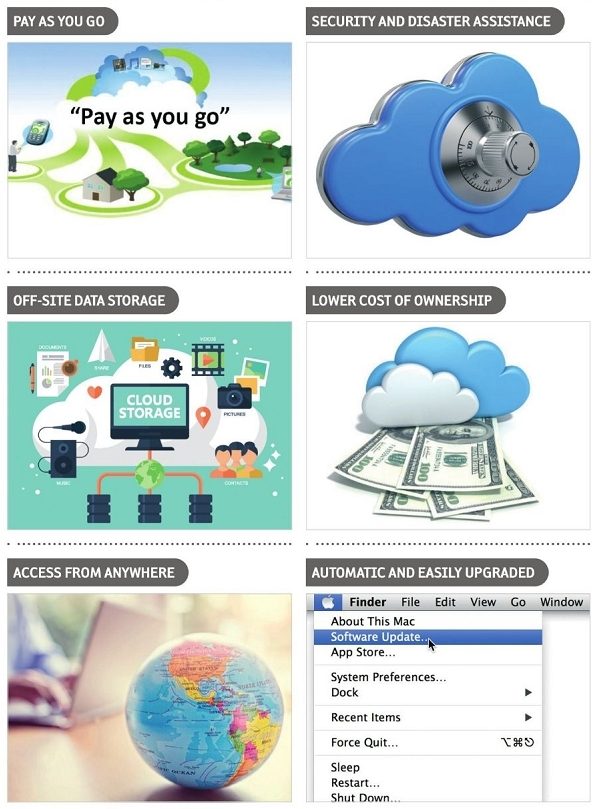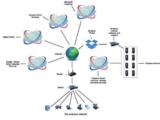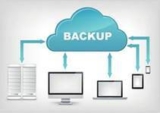What is Cloud Computing?
The way we use technology is ever changing. It’s an evolution of how and where we access our private, personal and work related data. From the earliest days of the home computer, accessing data and entertainment from cassettes, to the rise of the Internet and terabytes of storage, technology has revolutionised the way we interact with the world around us.

One particular form of this technological evolution is the cloud. The cloud is a term used often without knowing exactly what ‘the cloud’ is, what it does, how it works and what it can offer both the home and business user. The cloud offers many great benefits for those who use it Storage, email, development, collaboration, sharing, streaming, the list goes on.
Throughout the following pages we look at what makes up the cloud, how it works and what’s on offer for both the consumer and business user. We look at better ways for you to implement the cloud into your business or lifestyle, and even how you can go about creating your own personal cloud.
The future of work and entertainment lies in the cloud. So let’s see what silver linings cast a gleam on this modern way of life.
The Definition of the Cloud
What is the cloud? Where is it? What can you do with it? How does it work? These and more are questions that home and business users ask on a regular basis. The term ‘cloud computing’ has been bandied about for so long, it’s become just another technology phrase; what does it mean though?
SILVER LININGS
The meaning of the cloud has changed somewhat in recent years, more as it became the new buzz-word that pundits and marketing executives liked to throw about. In its most basic, layman’s terms, cloud computing is simply accessing some form of digital resource or service, that isn’t installed locally on your computer.
For the home, consumer user, that could mean accessing Gmail, Google Drive, Dropbox or, in some circumstances, even viewing content through the likes of Netflix or listening to music via Spotify. It’s a loose interpretation of what a cloud is but essentially it’s the same.
From the point of view of the Small Medium Enterprise (SME), it’s a way of consolidating digital resources into an on demand, online and accessible solution. This way, mobile workers can access the company’s content as can any clients and there isn’t necessarily a need to employ technical expertise to constantly maintain the company servers and hardware. The ability to offer those shared resources without the technical or financial impact of setting it up or keeping it maintained is another benefit of using a cloud solution. Therefore it makes a more appealing proposition to both consumer and SME users.
In 2011 the National Institute of Standards and Technology (NIST) brought together a final definition of the term cloud computing. “Cloud computing is a model for enabling ubiquitous, convenient, on-demand network access to a shared pool of configurable computing resources (e.g. networks, servers, storage, applications and services) that can be rapidly provisioned and released with minimal management effort or service provider interaction”
The NIST then went on to list five essential characteristics of cloud computing: on-demand self-service, broad network access, resource pooling rapid elasticity or expansion and measured service. Furthermore there are three listed Service Models: software, platform and infrastructure, and four Deployment Models: public, community, hybrid and private.
The cloud, therefore, has quite a wide definition, encompassing almost everything we do and interact with on a daily basis. Throughout this book, we’ll take a deeper look into the cloud and see what it’s made of, how it works for you as an individual or business user and how we can build our own cloud service.
CLOUD BENEFITS
We’ll look more into the cloud later but for now here are some of the benefits a company or an individual can expect from cloud computing.






